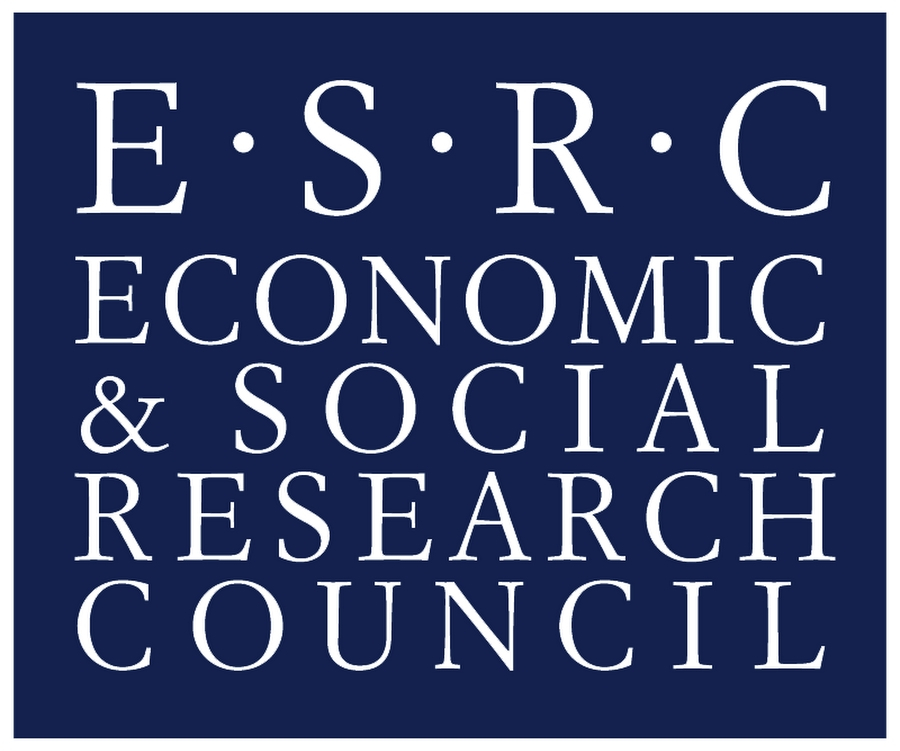
This week, ESRC GPID Director, Andy Sumner, continues the set of blogs on structural transformation and inclusive growth in South East Asia.
Malaysia, Indonesia and Thailand achieved structural transformation with growth that was inclusive in various senses, through a counterintuitive determined set of interventions to counterbalance the forces that Lewis, Kuznets and others identified structural transformation would unleash. In this week’s blog, we look at what can explain this.
The developer’s dilemma in South East Asia
Studying the developer’s dilemma in South East Asia – that structural transformation can lead to rising inequality, but that inclusive growth entails static or even falling inequality – can give insights across developing countries. Three interlinked factors can explain how the distributional tensions that rapid change entails were dealt with in Malaysia, Indonesia and Thailand.
First, and counter-intuitively, there was a focus, not solely on urban or manufacturing sectors, but on rural and agriculture development, where much of the population resided in the 1960s and 1970s; and even today, after more than forty years of economic development, a quarter of Malaysians, one half of Thais, and one half of Indonesians live in rural areas. This was done through extensive and substantial public investments in rural infrastructure, rural employment creation and rural development, which ensured the cheap and stable availability of basic foodstuffs. The privileging of the rural and agricultural sector in this way thus provided a counterbalance to the pressure on inequality induced by structural transformation towards higher productivity manufacturing. This strong focus on rural development through rural public investment thus constrained the disparities of income between rural and urban workers and thus counterbalanced the likely impact of structural transformation in bringing relatively more benefits to the urban sector than the rural sector, in line with W. Arthur Lewis’ thinking on the relationship between the two sectors, and how the more modern or capitalist sector can benefit the more traditional or non-capitalist sector.
Second, and once again counter-intuitively, there was little in the way of immediate redistributive programmes such as individual transfers, but a large focus on redistributing the future (rather than the present) via large public investments in education and the consequential mass expansion of primary and lower secondary education to completion. This had an equalising effect on future incomes to some extent and again, addressed the distributive pressures that structural transformation throws up, given that the benefits of structural transformation likely disproportionately help the more skilled labour force, by constraining the skills premium between skilled and unskilled workers. The mass expansion of education, especially at primary but also at lower secondary level, constrained the divergence of income between skilled and unskilled labour to less than it would have been otherwise.
Third, and again counter-intuitively, there was a focus, not on the growth of real wages but a focus on widespread employment growth. This means that the gains of productivity growth, and the translation of productivity growth into employment growth, became the dominant force, rather than the translation of productivity growth into growth in real wages, and thus its capture by smaller groups of only the employed. Employment growth thus spread around the benefits of growth more than they would otherwise be, if captured in rises in real wages.
The pressure on real-wage growth was less than might have been expected because food prices were kept low and employment growth was substantial. This was done implicitly and explicitly through repressive labour institutions. That said, the provision of cheap and stable prices of food and its wide availability weakened the pressures for rises in real wages. At the same time, employment-intensive growth ensured that many people benefited from growth in the most tangible way possible – direct participation in employment. The disparities in income that structural transformation brought were, to some extent, constrained, as rather than wages rising for some and creating disparities, employment growth ensured that productivity gains were spread widely within the labour share of income.
In short, a set of three interlinked factors explains how Malaysia, Indonesia and Thailand managed to keep inequality more or less steady over time (not perfectly so, but without large rises in inequality) by counterbalancing the forces unleashed by structural transformation with activist public policy to ensure that disparities between rural and urban incomes; skilled and unskilled wages; and employed and unemployed workers did not increase as much as they would have otherwise.
What would Kuznets have said if he were alive today?
Kuznets might be pleased to see that his ‘statistical pipedream’ of a wider set of inequality statistics was nearer than it was when he wrote, though probably surprised at how his seminal work has been used for many years to justify the neglect of inequality, under the guise that rising inequality was a price worth paying for economic development, something which he never said but is often interpreted to have meant.
One question is whether the turning point (the exhaustion of surplus rural labour) has been reached. Indonesia and Thailand are unlikely to have got to this point, given that a third of the labour force remain in agriculture. This would suggest that the upward pressure on inequality that needs counterbalancing has yet to reach the peak, and thus the flow of labour remains from the more equal to the less equal sector, unequalising unless an activist public policy continues.
Malaysia, Indonesia and Thailand are now facing a deindustrialisation process. The distribution dynamics of that are unclear. Overall inequality may still rise – it would depend on the intra- and inter-sectoral components.
Next week, we pick up the discussion in a final blog of the set on South East Asia. We ask the following: how did Malaysia, Indonesia and Thailand achieve such rapid economic and social transformation in a relatively short space of time? In other words, what does the experience of those countries imply for theories of economic and social transformation?
Andy Sumner is a Reader in International Development in the Department of International Development, King’s College London. He is Director of the ESRC Global Poverty & Inequality Dynamics (GPID) Research Network.
Related reading
| Briefing paper 12 | Andy Sumner | Is the Lewis Model of Economic Development still Relevant to Developing Countries? | 20/04/2018 |
| Briefing paper 13 | Andy Sumner | Trickle Along not Trickle Down? Inequality and the Lewis Model of Economic Development | 20/04/2018 |
| Country Note 1 | Arief Yusuf and Andy Sumner | Poverty, Inequality, and Structural Change in Indonesia | 29/09/2017 |
| Country Note 2 | Kunal Sen | Poverty, Inequality, and Structural Change in India | 29/09/2017 |
| Country Note 3 | Sergio Firpo and Renan Pieri | Structural Change and Wage Inequality: the Brazilian Case | 29/09/2017 |
| Country Note 4 | Morné Oosthuizen | Poverty and Inequality in South Africa | 29/09/2017 |
| Briefing paper 4 | Cinar Baymul and Kunal Sen | What Do We Know about the Relationship between Structural Transformation, Inequality and Poverty? | 29/09/2017 |

